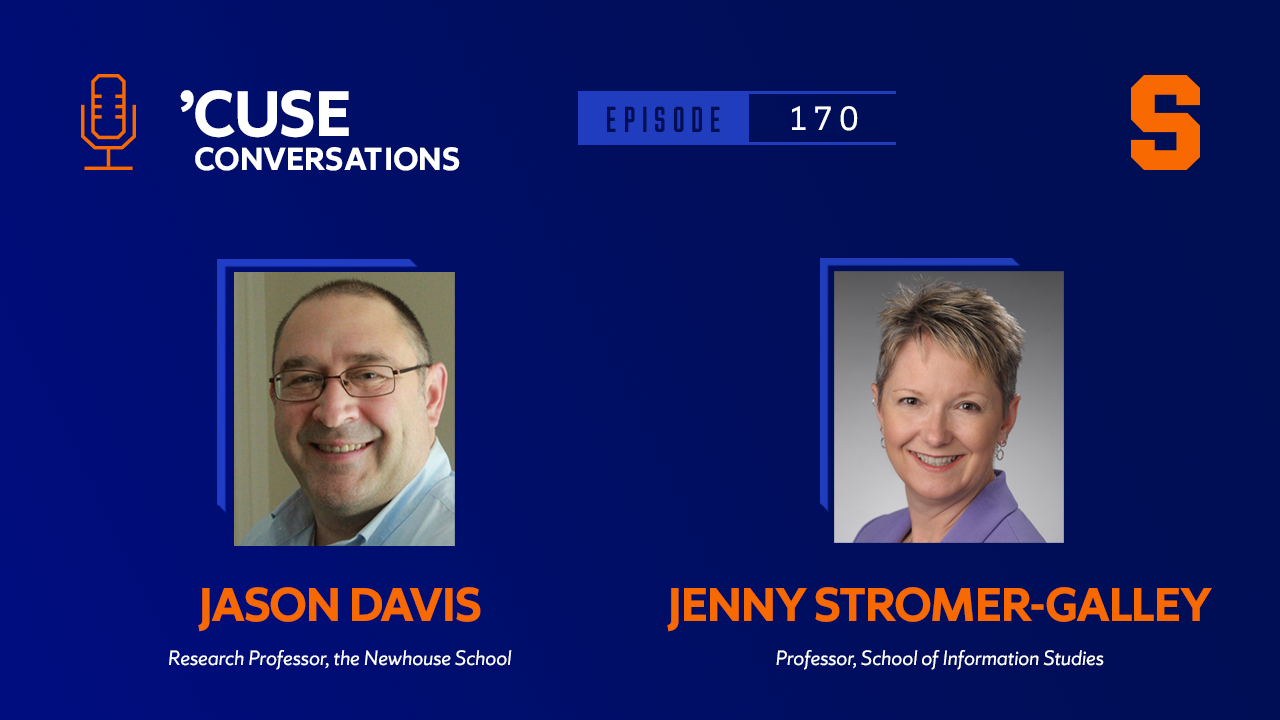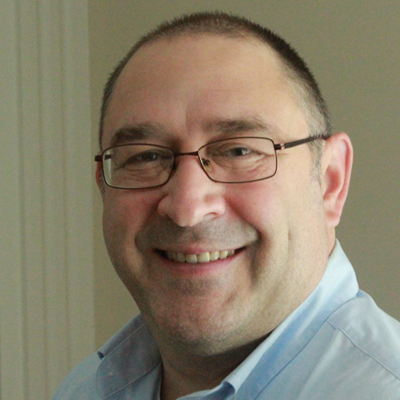University Partners With Syracuse City School District for 5th Year of Summer Internship Program
This summer, a group of high school students from the Syracuse City School District (SCSD) had the opportunity to get a head start on their futures with a paid internship at Syracuse University, where they gained hands-on experience in various…




